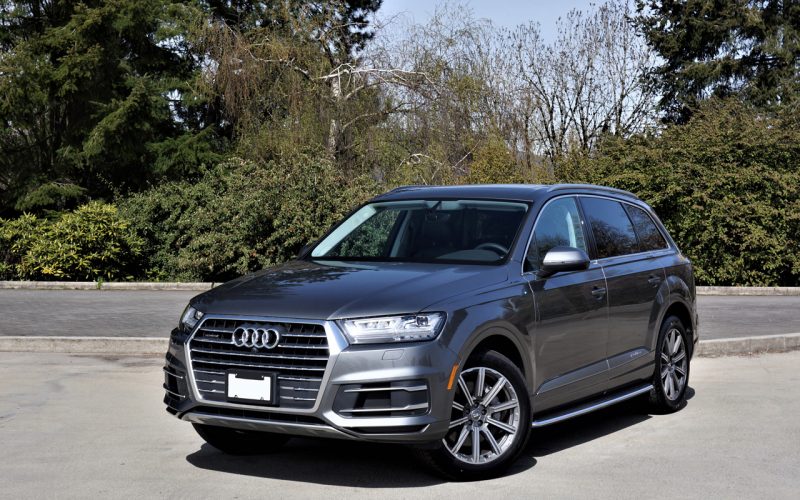
Reading Time: 11 minutesWhere is the world’s best mid-size luxury SUV made? Audi can make a good argument for
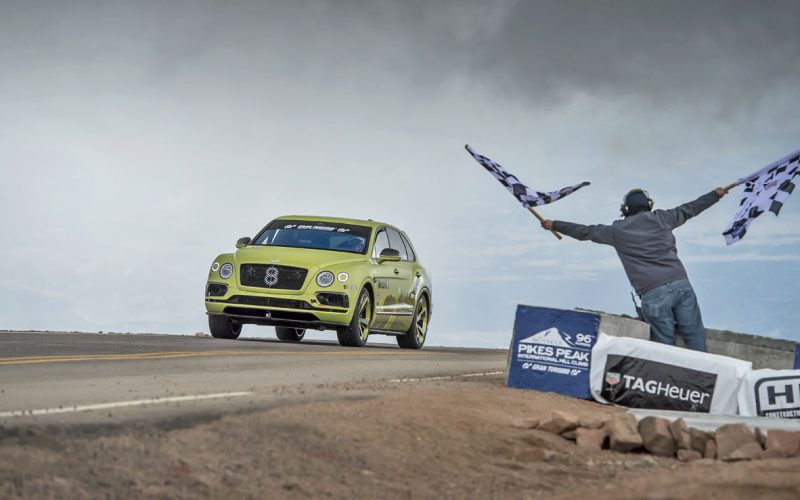
Reading Time: 5 minutesAsk those in the know to name the best of the best in the super-luxury SUV
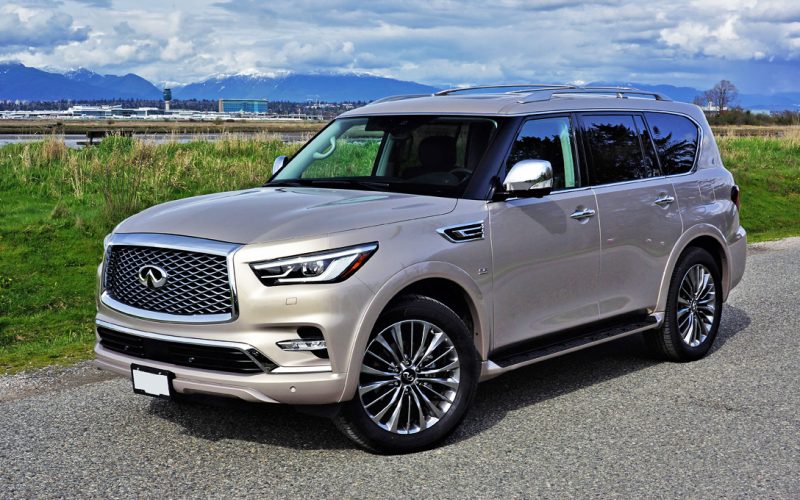
Reading Time: 11 minutesI’ve got a challenge for you. Take a 2018 Infiniti QX80 for a drive and then
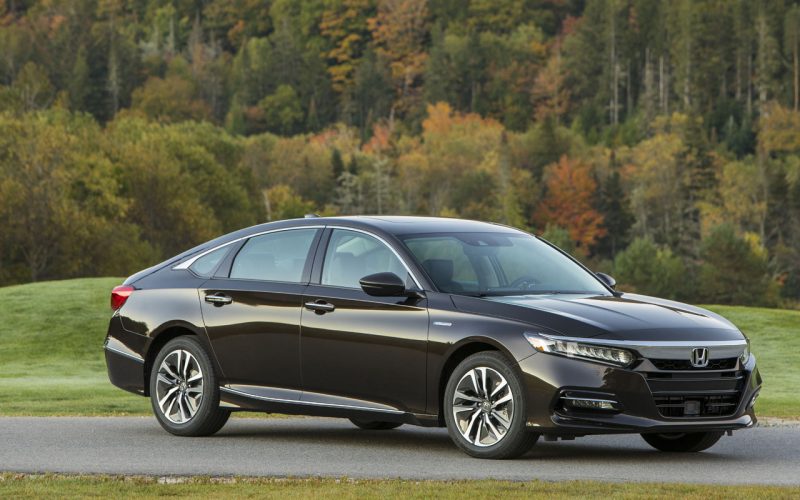
Reading Time: 8 minutesTiming is everything, or so the saying goes, but with Canadian pump prices rising at an
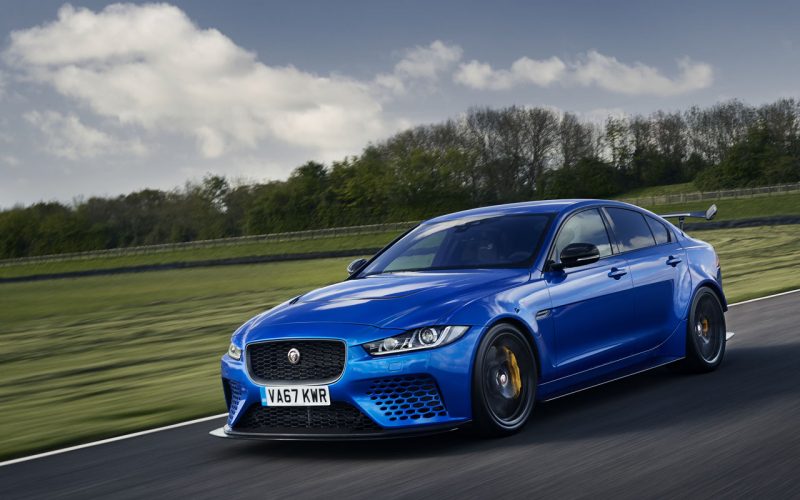
Reading Time: 9 minutesFew who have driven the new Jaguar XE have come away complaining. It’s arguably attractive, mostly
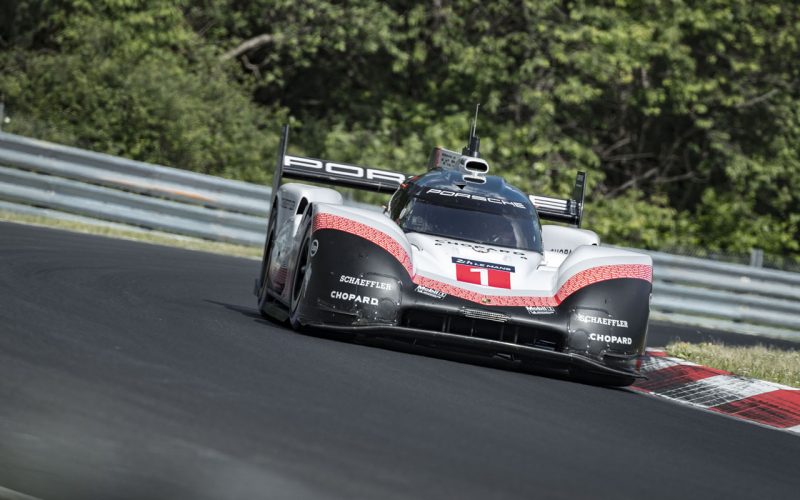
Reading Time: 5 minutesPorsche is certainly celebrating its 70th year in style. Earlier this month it debuted the wonderful
© 2025 The Car Magazine. All Rights Reserved, Privacy Policy | Terms of Use